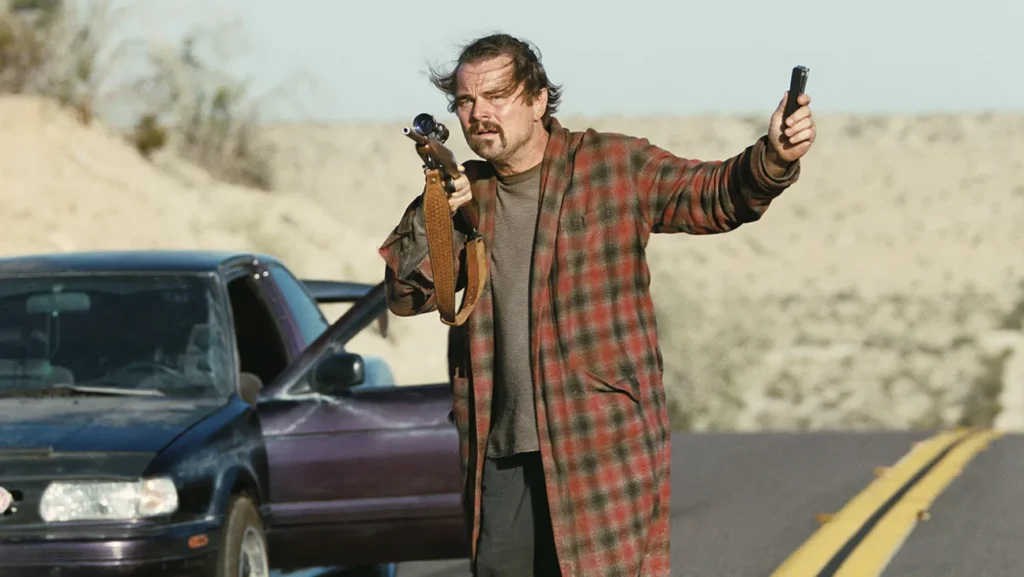Paul Thomas Anderson’s One Battle After Another is a bold, sprawling film that dares to blend satire, action and emotional drama in a way few mainstream blockbusters attempt. Drawing from Thomas Pynchon’s Vineland, Anderson brings to screen a modern-day fable of resistance, identity and generational legacy.
At its core, the plot follows Bob Ferguson (Leonardo DiCaprio), a washed-up former revolutionary living off the grid with his teenage daughter Willa (Chase Infiniti). For 16 years he has kept a low profile. But when Colonel Steven Lockjaw (Sean Penn) resurfaces and Willa is kidnapped, Bob is forced back into a dangerous world he once abandoned. He must confront his past, reassemble allies, and wage a rescue campaign across a fractured political landscape.
The film traces Bob’s arc from reluctant survivalist to father unwilling to cede control. Meanwhile, Willa evolves from passive ward to active agent in the conflict. The antagonistic Lockjaw embodies authoritarian fantasies and twisted charisma, casting the central conflict as both personal and ideological.
One Battle After Another feels most electric when it embraces ambiguity. While Bob rescues Willa, the film refuses a clean resolution: the true battleground remains how memory, myth and system-level violence persist beyond singular victories.
Visually and technically, the film is uncompromising. Anderson experiments with pacing and tone, swinging from near-slapstick absurdity to blistering violence, never losing cinematic momentum. Critics praise the direction, performances and score (by Jonny Greenwood) as elements that magnify the film’s emotional stakes.
Yet it’s not without its flaws. At 162 minutes, the film mostly keeps pace, but there are probably elements that could have been cut to make it shorter.
Still, One Battle After Another stands out as a filmmaking event – ambitious, confrontational and emotionally resonant. For those seeking a blockbuster that challenges it’s one of 2025’s most compelling experiences.

